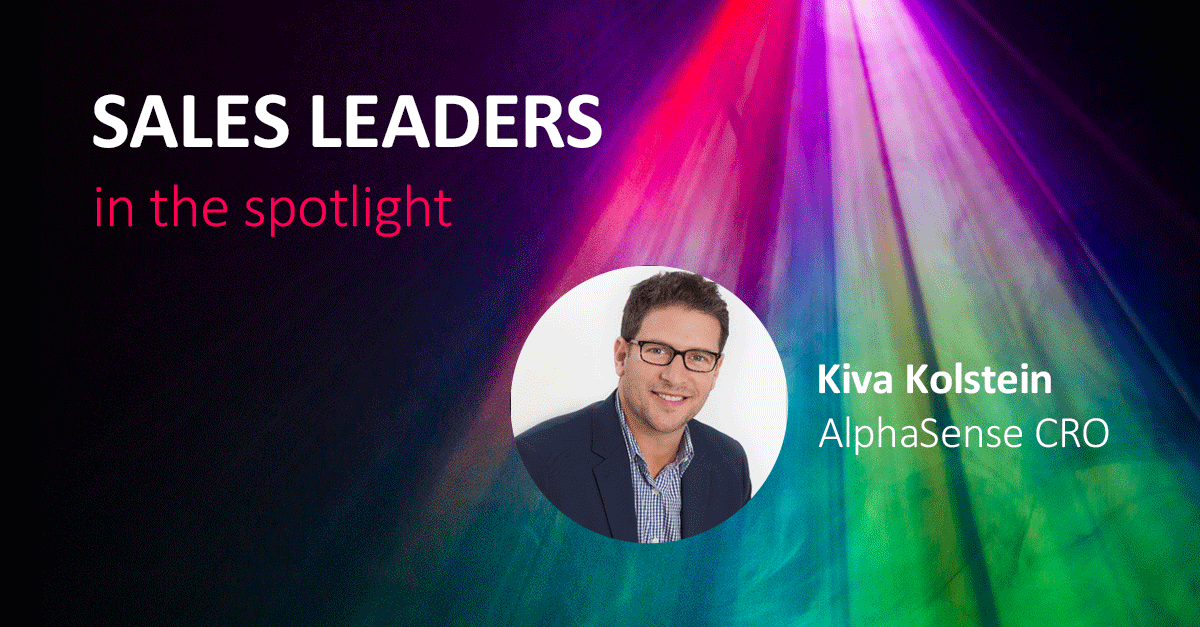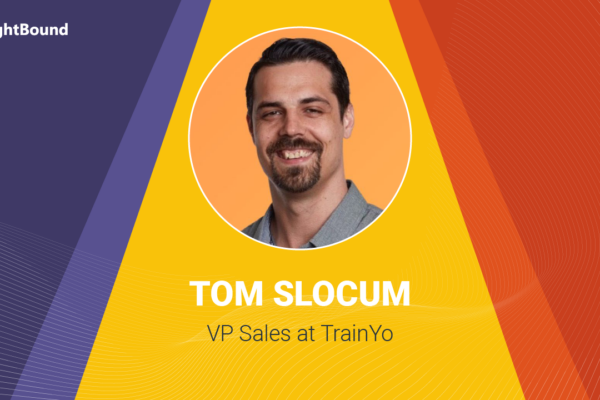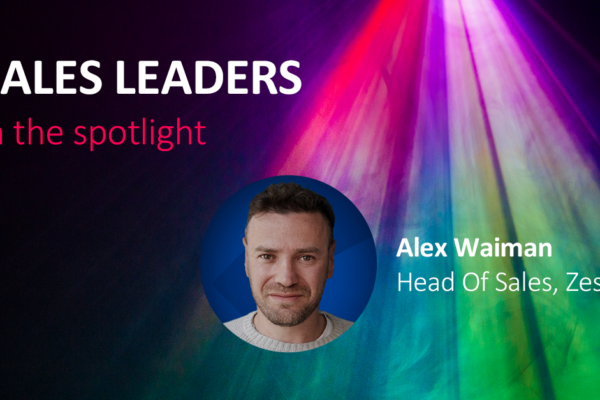
Kiva’s Kolstein’s extensive mileage in Sales and Revenue orgs is backed up by inspiring strategies for lucid goals and rapid growth. Cross-departmental alignment, comprehensive enablement programs and sound KPIs are just some of the building blocks he believes drive the path to continuous achievement.
How is your Sales Org structured to drive demand?
We have a team of 60 SDRs constantly initiating outbound sales, and responsible for 50% of our business. After the initial outreach, Account Executives step in to create the opportunity and take the necessary steps toward closing the deal. In addition, the Account Executives partner with Account Managers to identify new pockets of opportunity from client firms. Approximately 20% of the pipeline is driven by marketing initiatives attracting inbound leads through ads, webinars, events and ABM campaigns.
How knowledgeable should an SDR be about the product and market?
SDRs need deep product knowledge in order to be effective, and we expect them to become experts about both the product and the market on three levels: industry, company and persona. Our SDRs go through the same Navy Seal-style enablement training program as AEs, mastering the product in a way that helps them face potential customers with authority and credibility.

“We expect SDRs to become experts about both the product and the market.”
What’s the biggest challenge in growing your outbound channel?
Scaling. You need to build the support infrastructure that enables continuous success and growth. For example, for every increase in Sales headcount you need additional fractions of Support, Customer Success and Product. Efficient scaling is even more crucial when a company expands into new industries and buyer personas, and training is a crucial aspect throughout.
Any secret assets that outperform to generate qualified opportunities?
I believe the best “trick” is delivering value. Two channels that work well for us are free trials and webinars jointly organized with content partners such as Morgan Stanley, Cowen, Barclays, Bernstein, and others.
What are your KPIs?
The main KPIs are pipeline and revenue. The number of meetings (that lead to pipeline and revenue) is broken down into specific verticals and personas, as some profiles have higher conversion rates than others. Another KPI we track closely is trialers (prospects on trial at a given time) and how active they are. In addition to the actual value of the pipeline (sliced by vertical, persona, geography, tenure of seller, size of deal, new business or upsell, etc.), we also monitor the velocity of opportunities, analyzing how long each stage of the funnel takes. All KPIs are measured across vertical, geo and persona which may carry different conversion rates and require different investments accordingly.

“All departments are driving toward the same goal – accelerated revenue growth and customer retention.”
Are KPIs intertwined between different departments?
Yes, we’re all aligned and share the same business goal – increasing the enterprise value. It’s not just Sales and Marketing being aligned; even Product and Content work with the same goals to drive growth, revenue and user stickiness, prioritizing roadmap features that are meaningful to more customers and prospects.
What are your thoughts on team building, retention and internal mobility?
First, you need to keep a reasonable manager-to-SDR ratio – there shouldn’t be more than 12 SDRs per manager, otherwise they can’t coach and give appropriate attention to each team member. Second, AEs and SDRs should have an equal business stature. SDR being “subordinate” to AEs won’t work – it should be a partnership, even if one may be a junior partner and the other seniors. SDRs shouldn’t “get directions” from the AE – they should be proactive and involved. For example, our SDRs participate in business reviews to evaluate how to approach a new territory or vertical. SDRs move through an 16-18 month program (6 specific modules) with new / different training in each module to become eligible for promotion. For us, SDRs are an amazing training ground for the entire organization because they master the product and the value it brings to customers. Our SDRs have gone on to become AEs, AMs, Product specialists or join the Marketing department.

“Lack of alignment is almost epidemic in early stage companies.”
What’s a common challenge high-growth companies face?
Lack of alignment across the organization is almost an epidemic in early stage companies, where the go-to-market strategy is so far ahead of the product that Sales are selling features they don’t yet have, putting extraordinary pressure on Product and Customer Success who need to do the impossible to make that customer happy. This is something we avoid at AlphaSense where our GTM and product are hyper-aligned and we’re always selling a product that actually exists. We also work hard to achieve and improve time to value (the time it takes from sign off to extracting real value from the platform).



